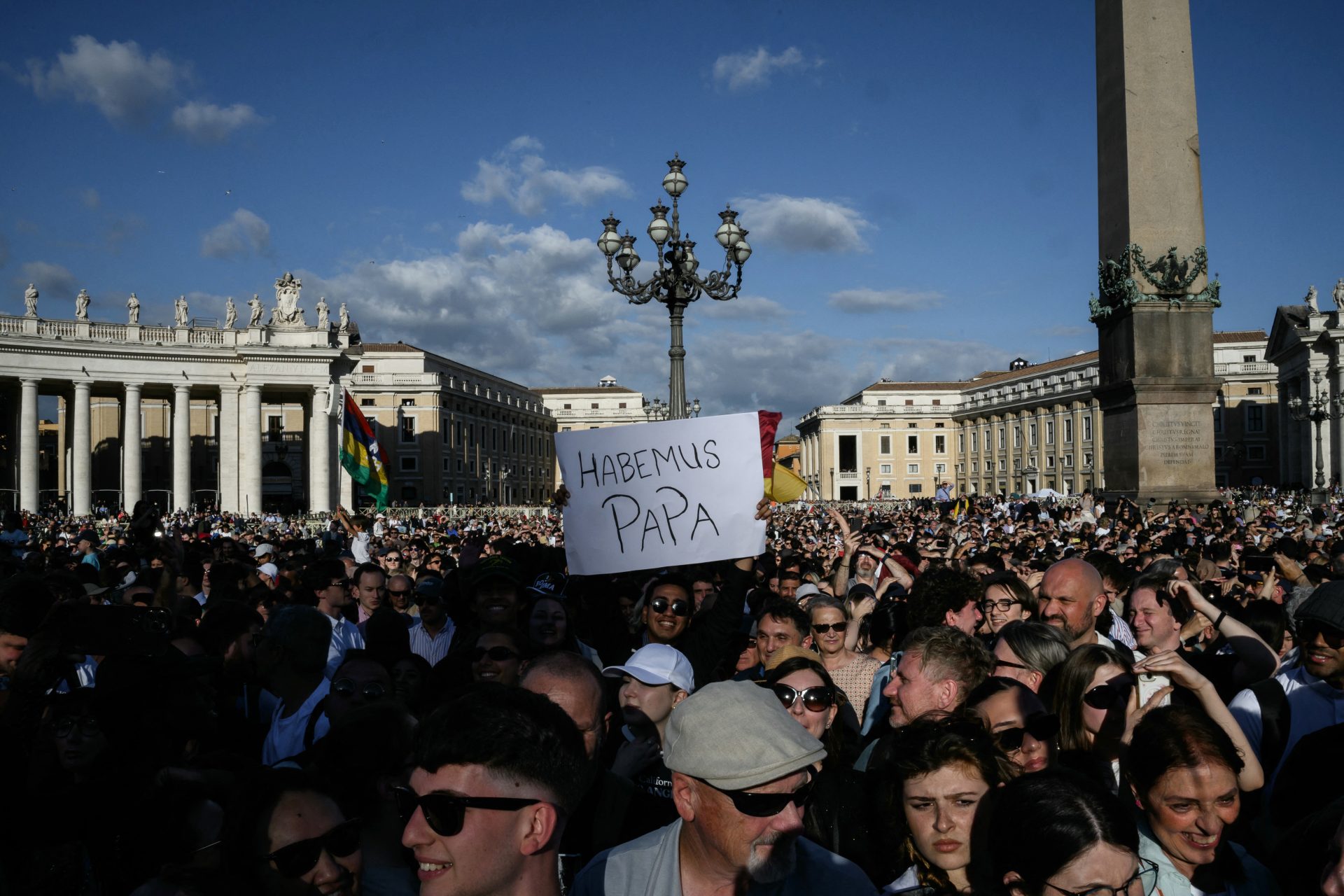The white smoke rising from the chimney of the Sistine Chapel is the signal that tells the faithful and the world that a new Bishop of Rome, the successor of Peter, has been elected.
But what happens beneath Michelangelo’s frescoes in the lead-up to those moments? And what occurs before the name of the new Pope is proclaimed from the Loggia of Blessings by the French Cardinal Protodeacon Dominique Mamberti?
The Rite of Acceptance
According to the rules laid out in the Ordo Rituum Conclavis and the Apostolic Constitution Universi Dominici Gregis, one of the Cardinals present in the Sistine Chapel has received the required majority, and the election has taken place canonically.
The senior Cardinal by order and age (or, if he is the one elected, the next in line) asks, in Latin and on behalf of the entire College of Electors, for the elected Cardinal’s consent with the words: “Do you accept your canonical election as Supreme Pontiff?” Upon receiving the consent, he then asks: “By what name do you wish to be called?”
The Master of Pontifical Liturgical Celebrations, acting as notary and with two ceremonial officers as witnesses, then draws up a document confirming the elected Pope’s acceptance and the name he has chosen.
Conclusion of the Conclave
The Apostolic Constitution Universi Dominici Gregis states that the conclave ends once the new Pope accepts his election, “unless he decides otherwise.”
At that point, the Substitute for the Secretariat of State, the Secretary for Relations with States, and others who need to discuss immediate matters with the new Pope may enter the Sistine Chapel.
The white smoke and the “Room of Tears”
After the rite of acceptance is completed, all the ballots and other election-related documents are burned, and the resulting white smoke signals to the world that a new Pope has been chosen.
While the faithful in St. Peter’s Square applaud and the world awaits the name of the new Pope, the newly elected Pontiff exits the Sistine Chapel and enters the “Room of Tears.”
There, with the help of the Master of Liturgical Celebrations, he removes the cardinal’s vestment, puts on one of the three prepared papal garments, and spends a few minutes in prayer.”
The first ceremony: Greeting and “Te Deum”
Upon returning to the Sistine Chapel, the newly elected Pope takes his seat on the chair, and a brief ceremony begins, introduced with a greeting from the senior Cardinal of the Order of Bishops.
The senior Cardinal priest then reads a passage from the Gospel, either “You are Peter, and on this rock I will build my Church” or “Feed my sheep.” The Protodeacon then offers a prayer for the newly elected Successor of Peter.
Afterwards, all the Cardinal electors, in order of precedence, come forward to greet the new Pope and pledge their obedience to him. The ceremony concludes with the singing of the Te Deum, led by the newly elected Pope.
The new pope’s prayer in the Pauline Chapel
Cardinal Protodeacon Mamberti then proceeds to the Loggia of Blessings to announce the election and name of the new Pope with the traditional formula: “Annuntio vobis gaudium magnum: Habemus Papam!” (“I announce to you a great joy: We have a Pope!”).
Meanwhile, the new Pope, before proceeding to the Loggia, stops in the Pauline Chapel to pray silently before the Blessed Sacrament.
After this moment of prayer, he steps out onto the Loggia, where he delivers his greeting and imparts his first apostolic blessing, Urbi et Orbi—to the city and to the world.
This article was originally published on Vatican News. All copyrights reserved to the Dicastery for Communication – Vatican News. Unauthorized republication by third parties is not permitted.







